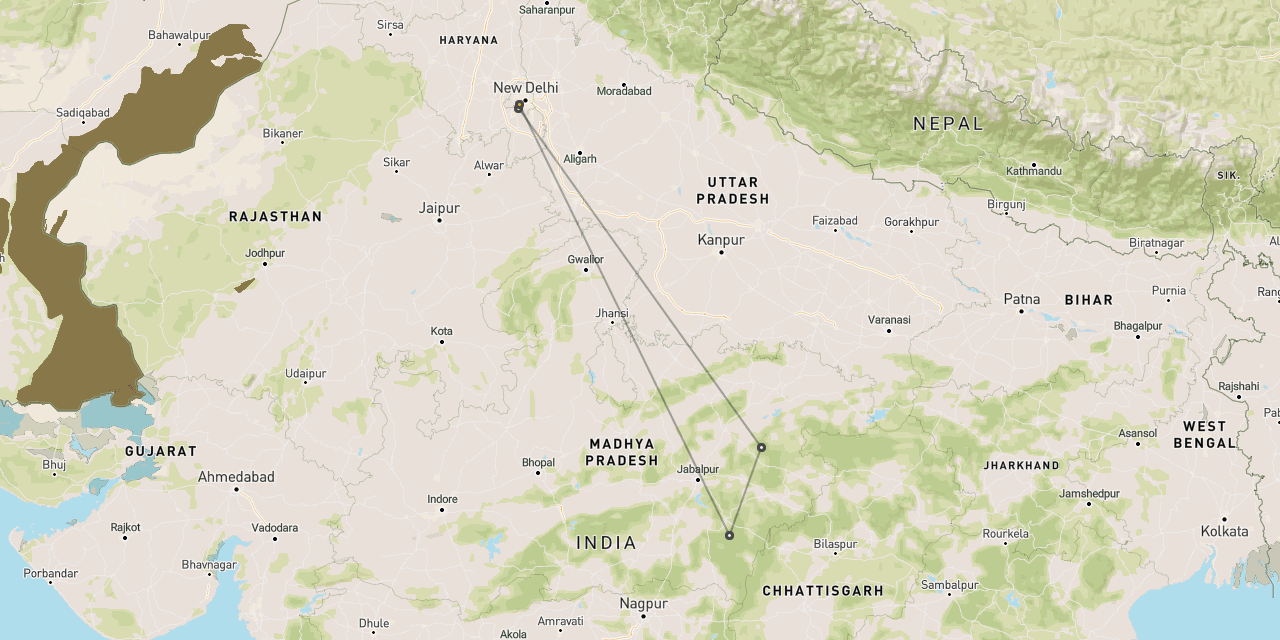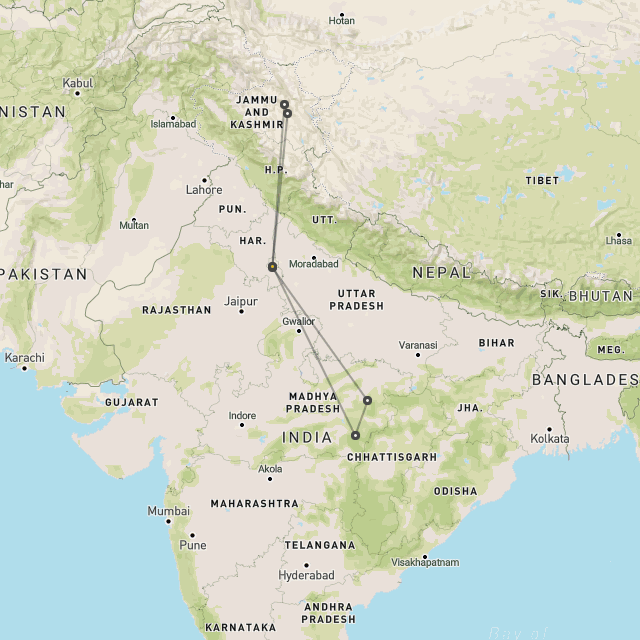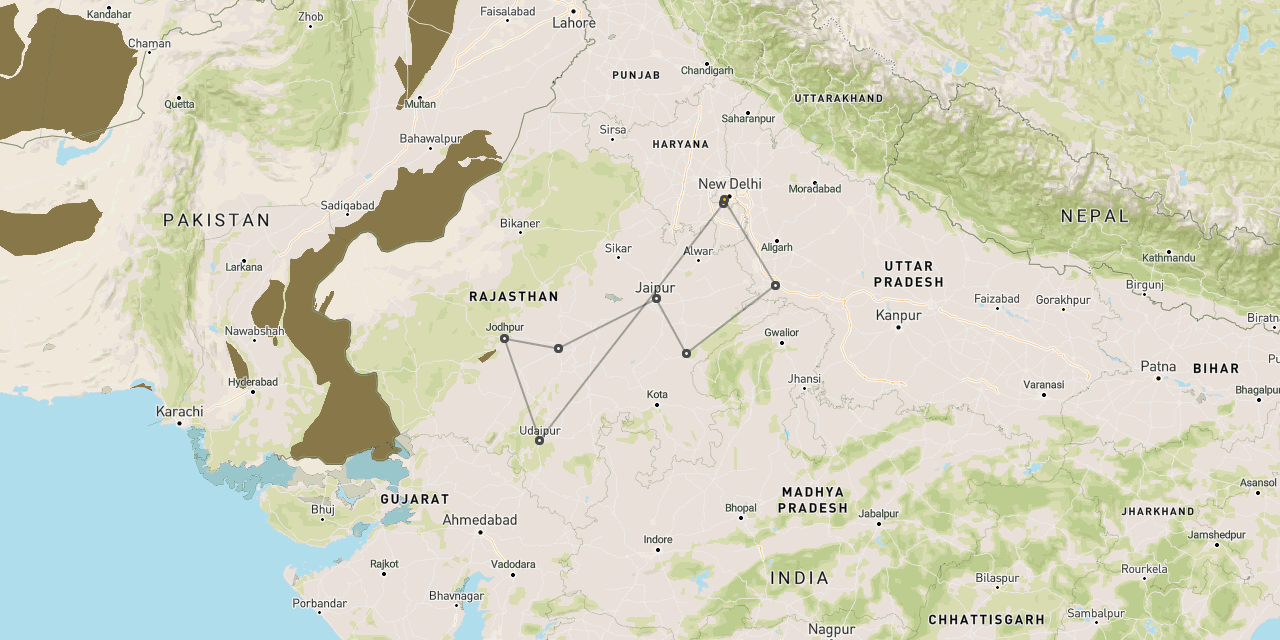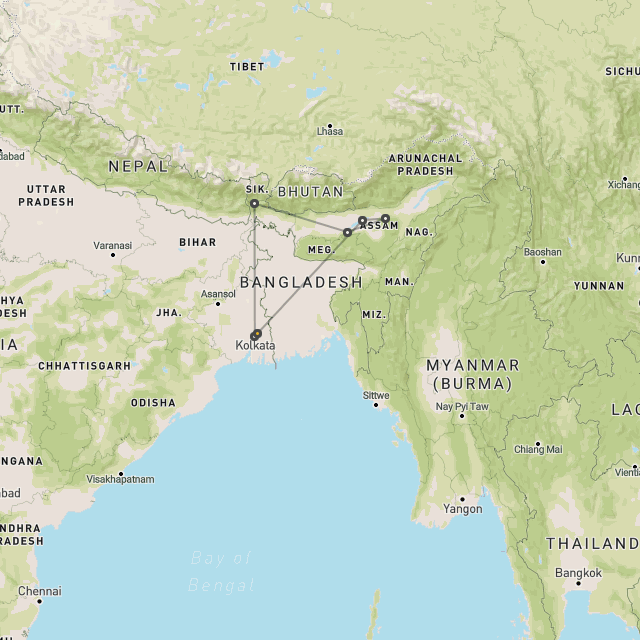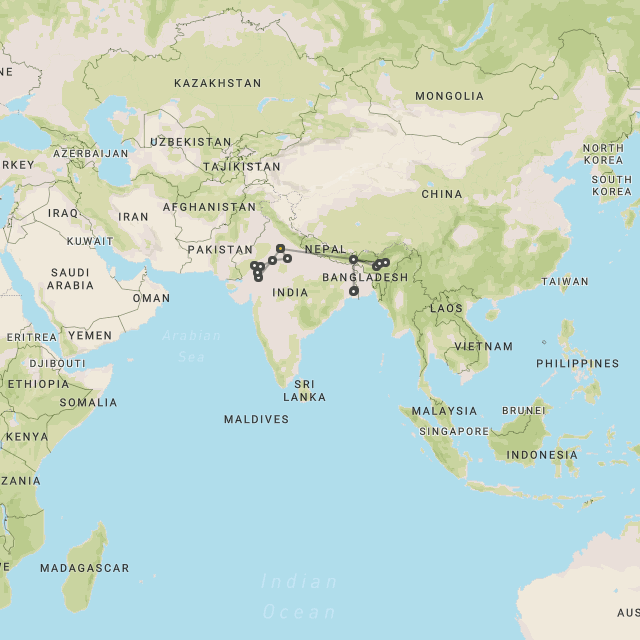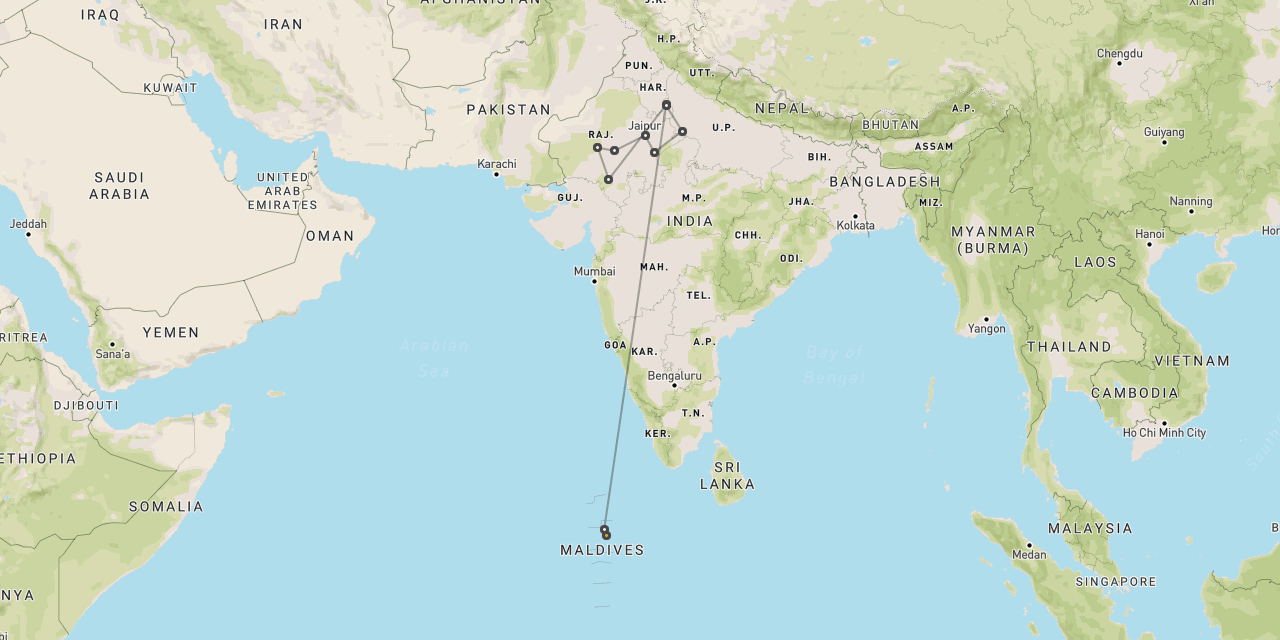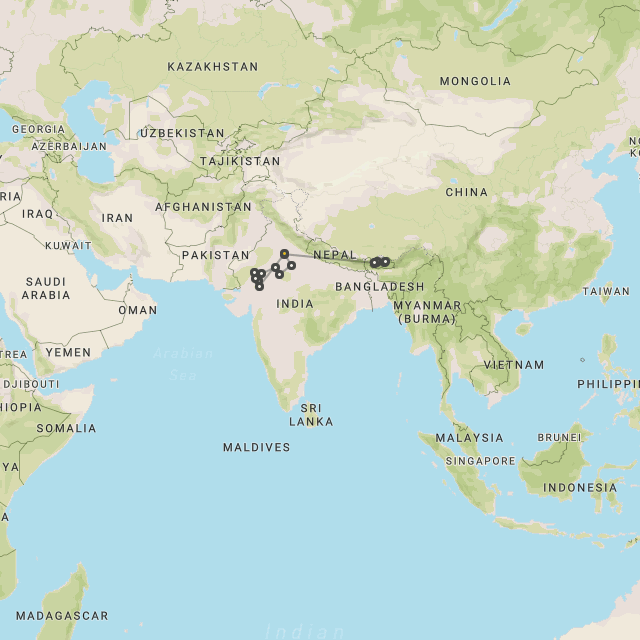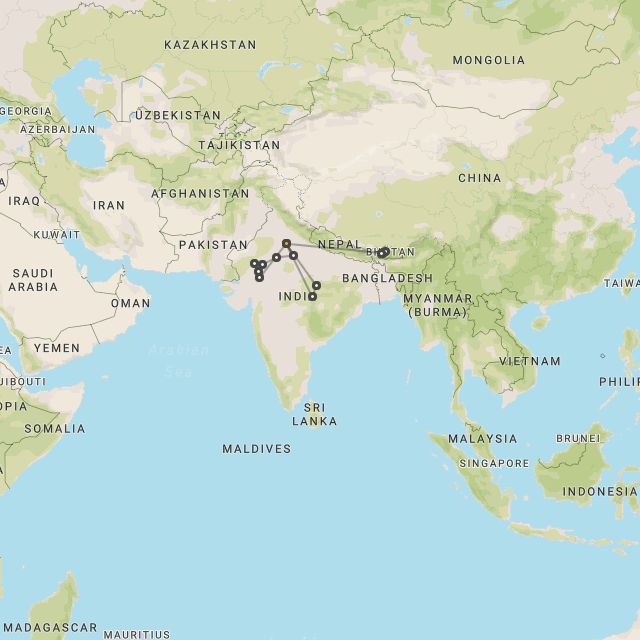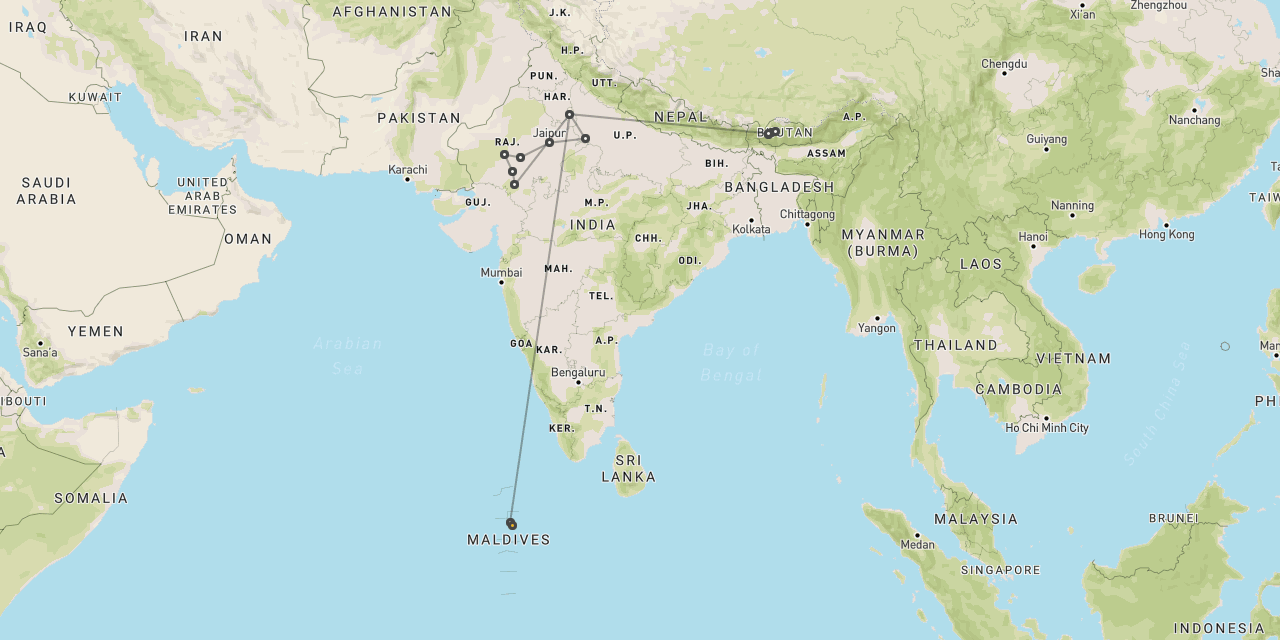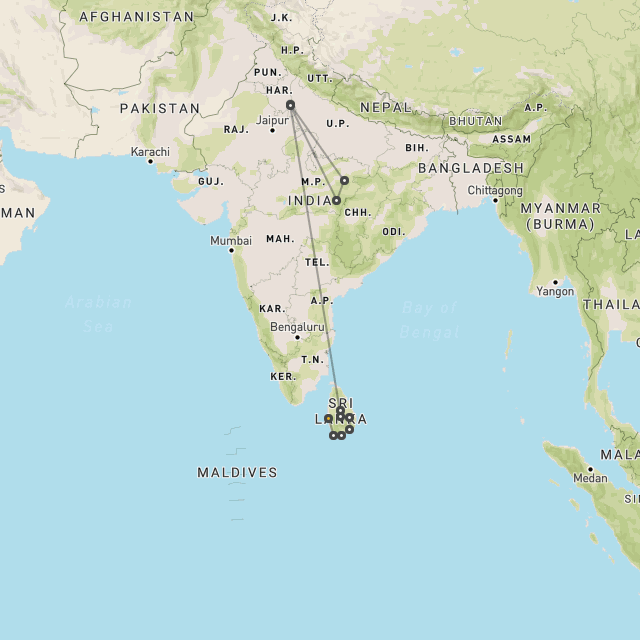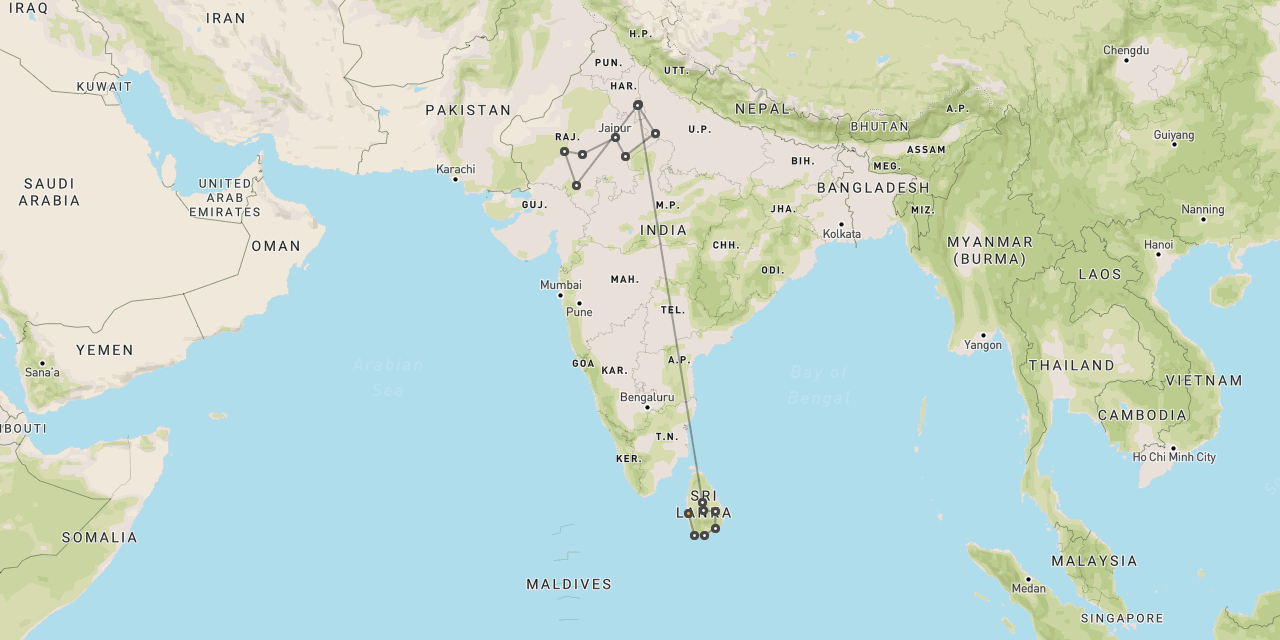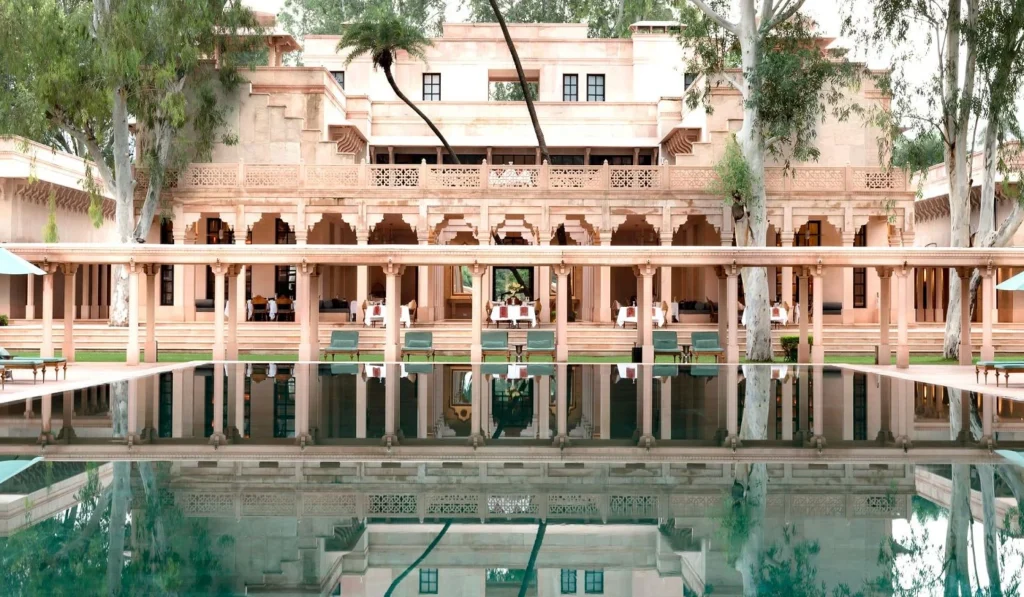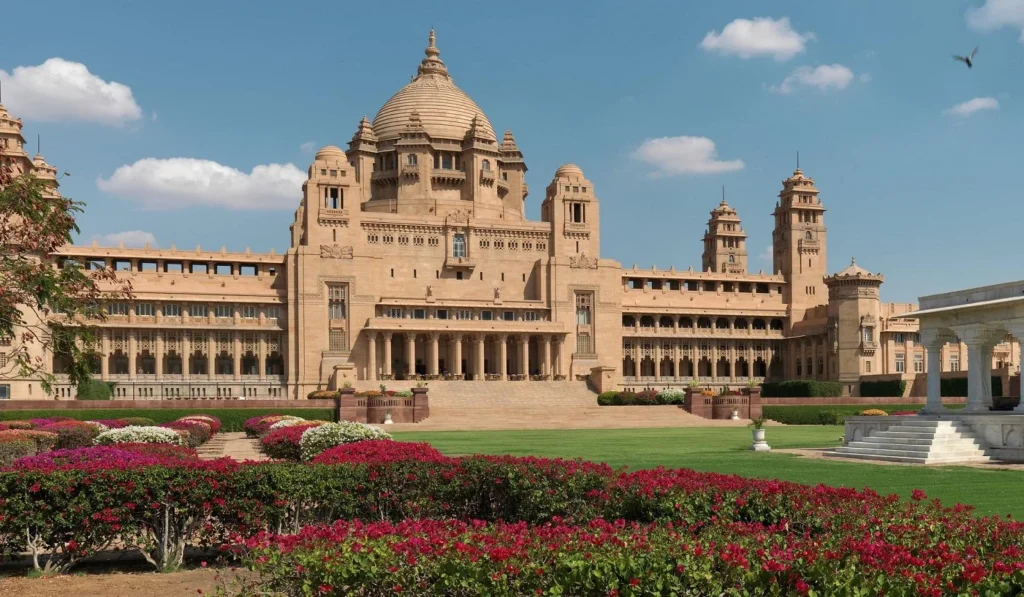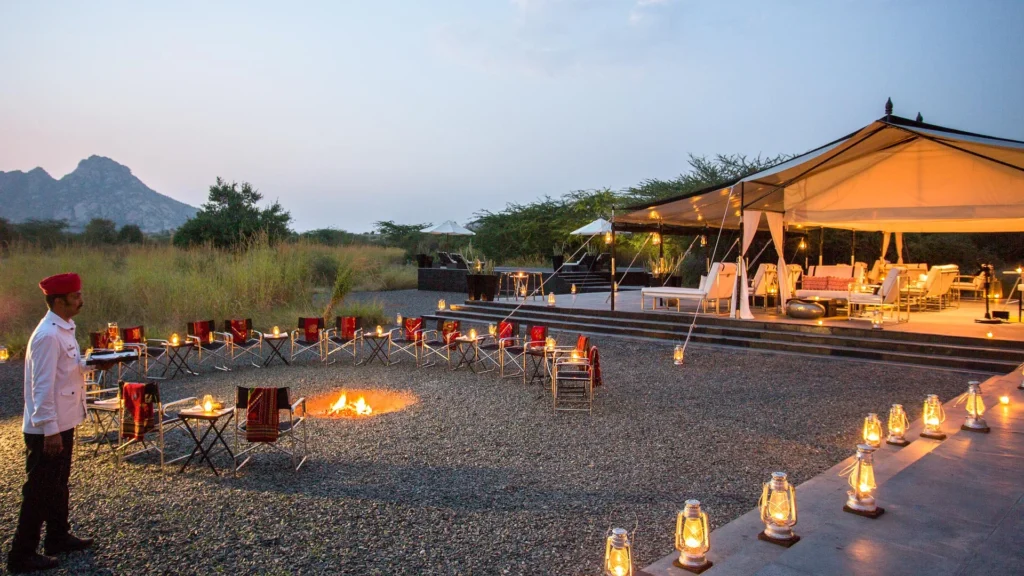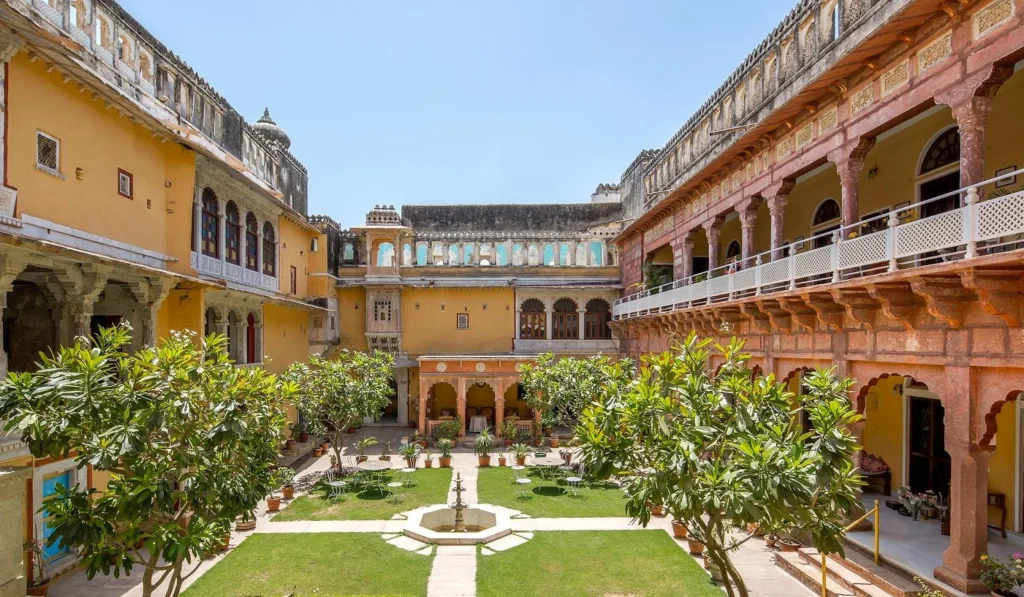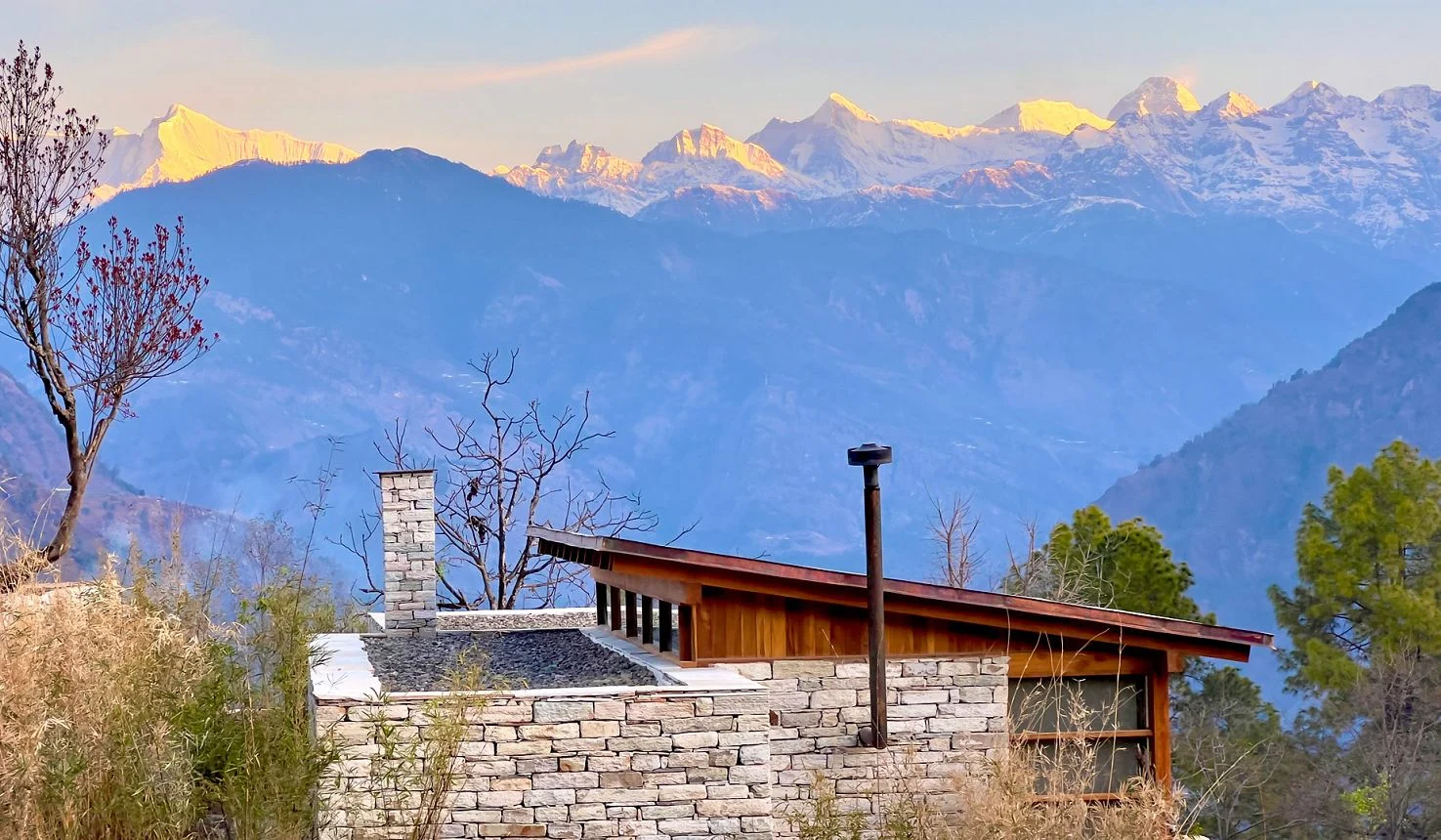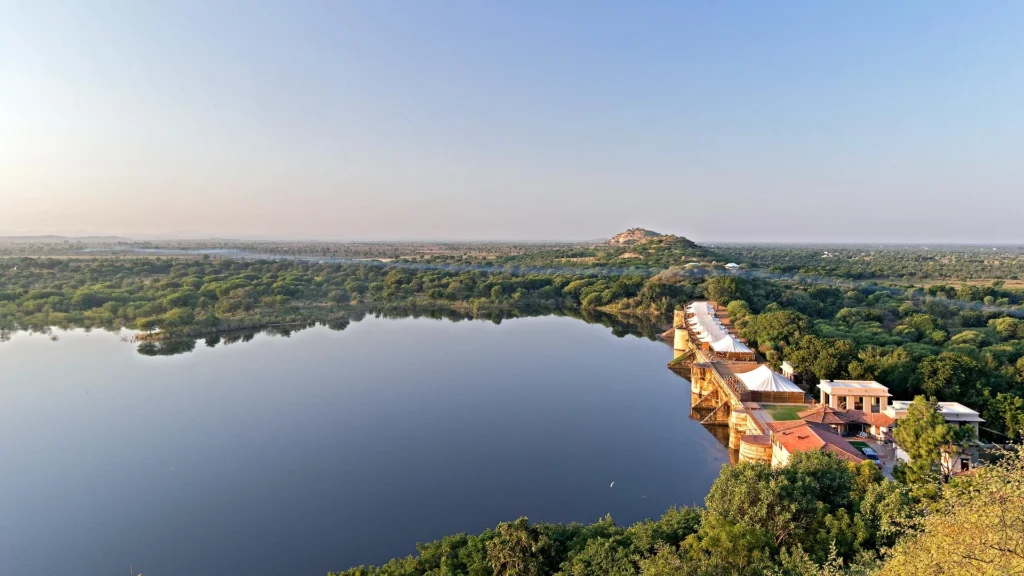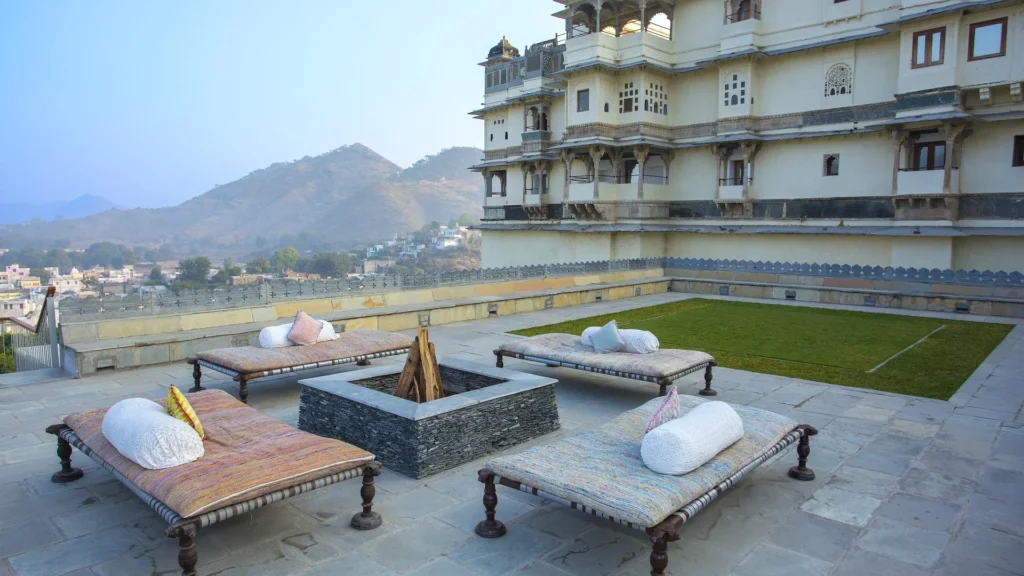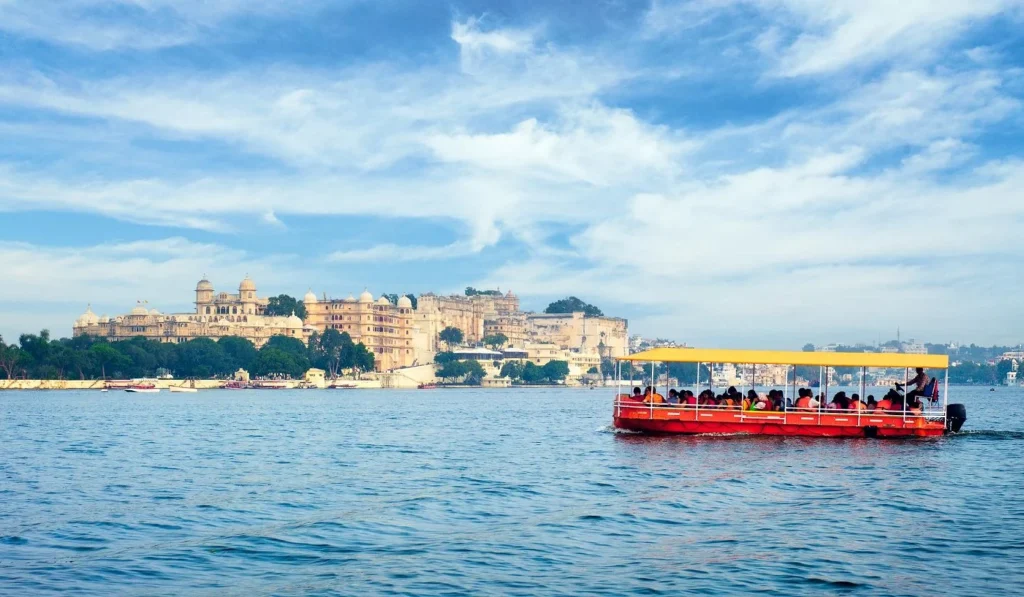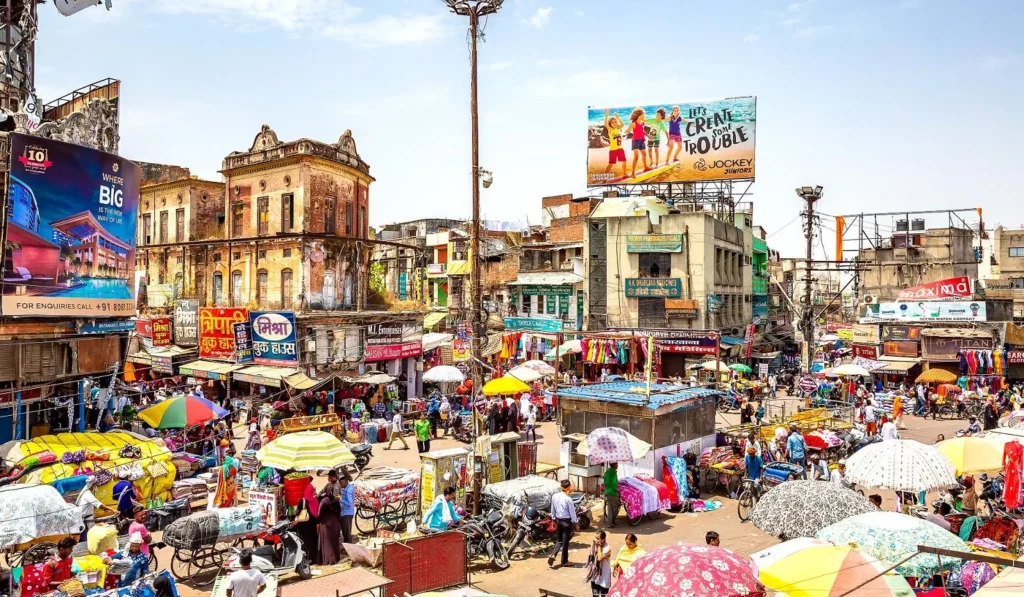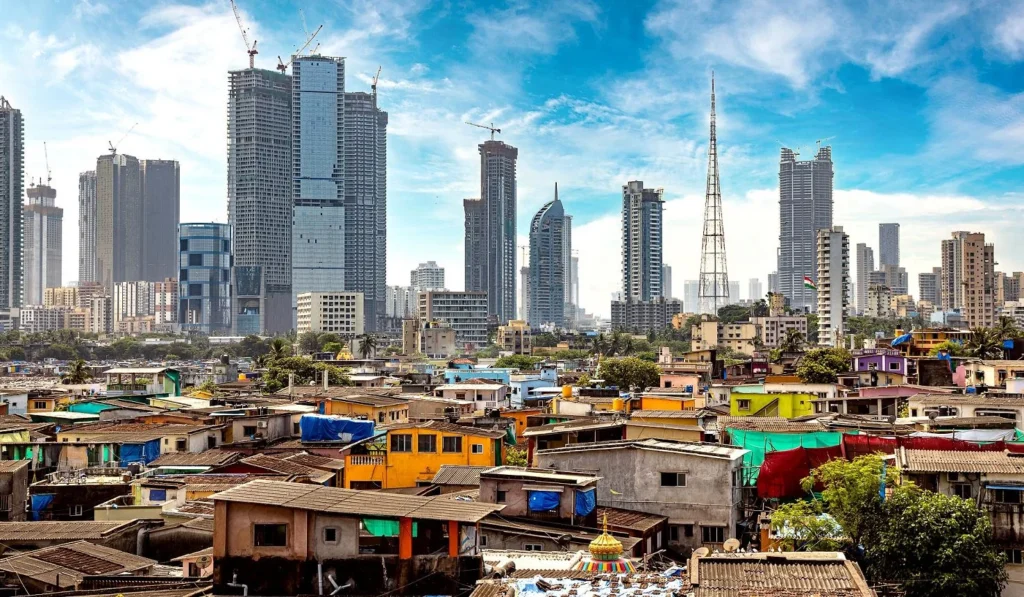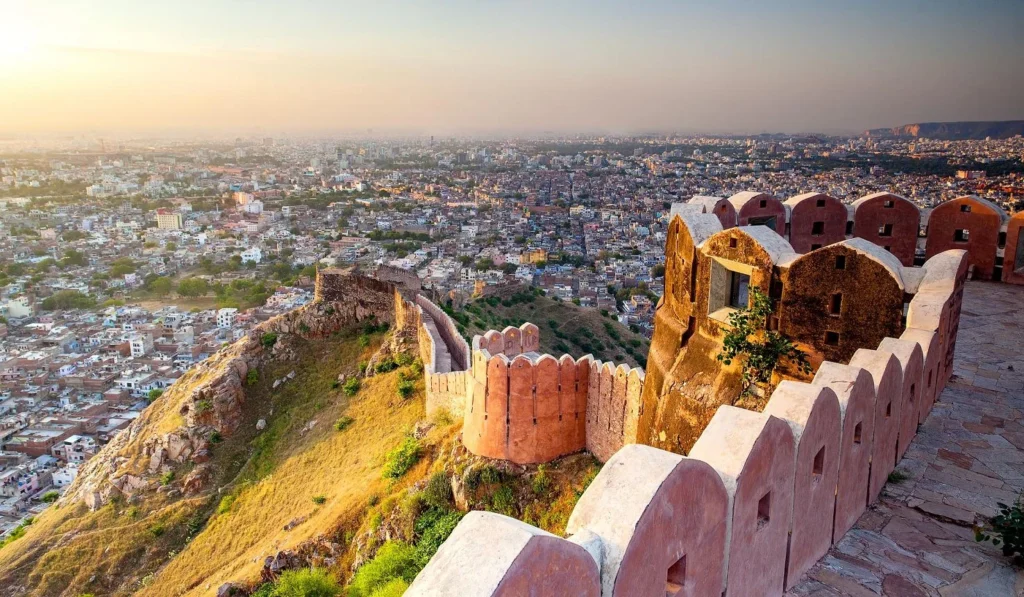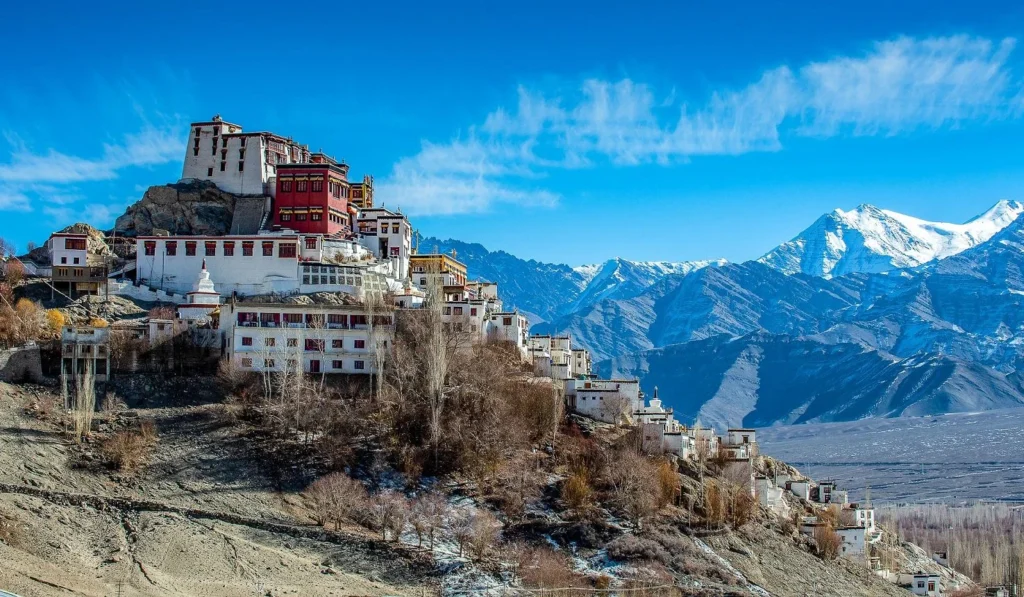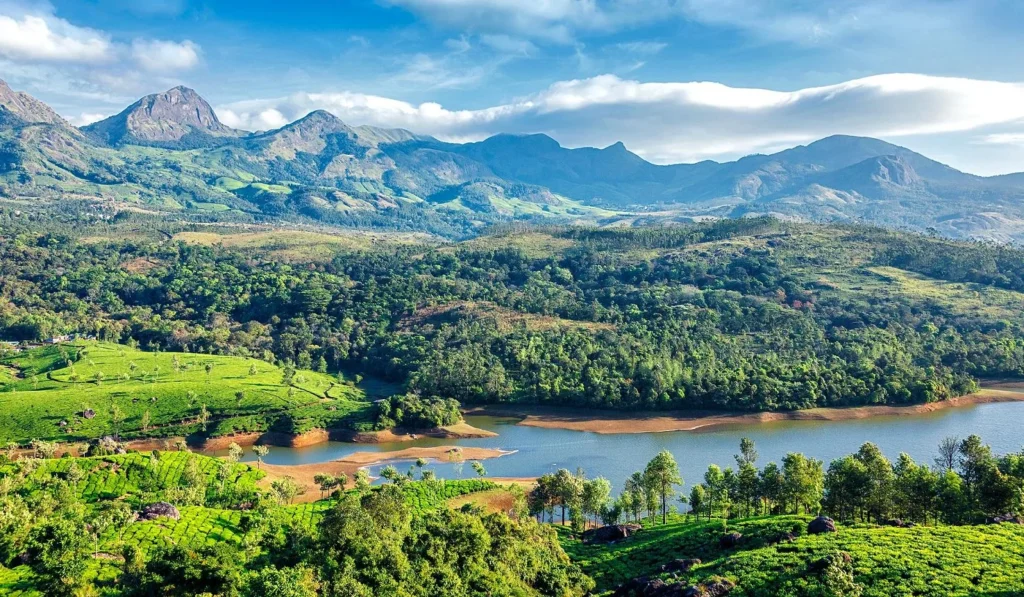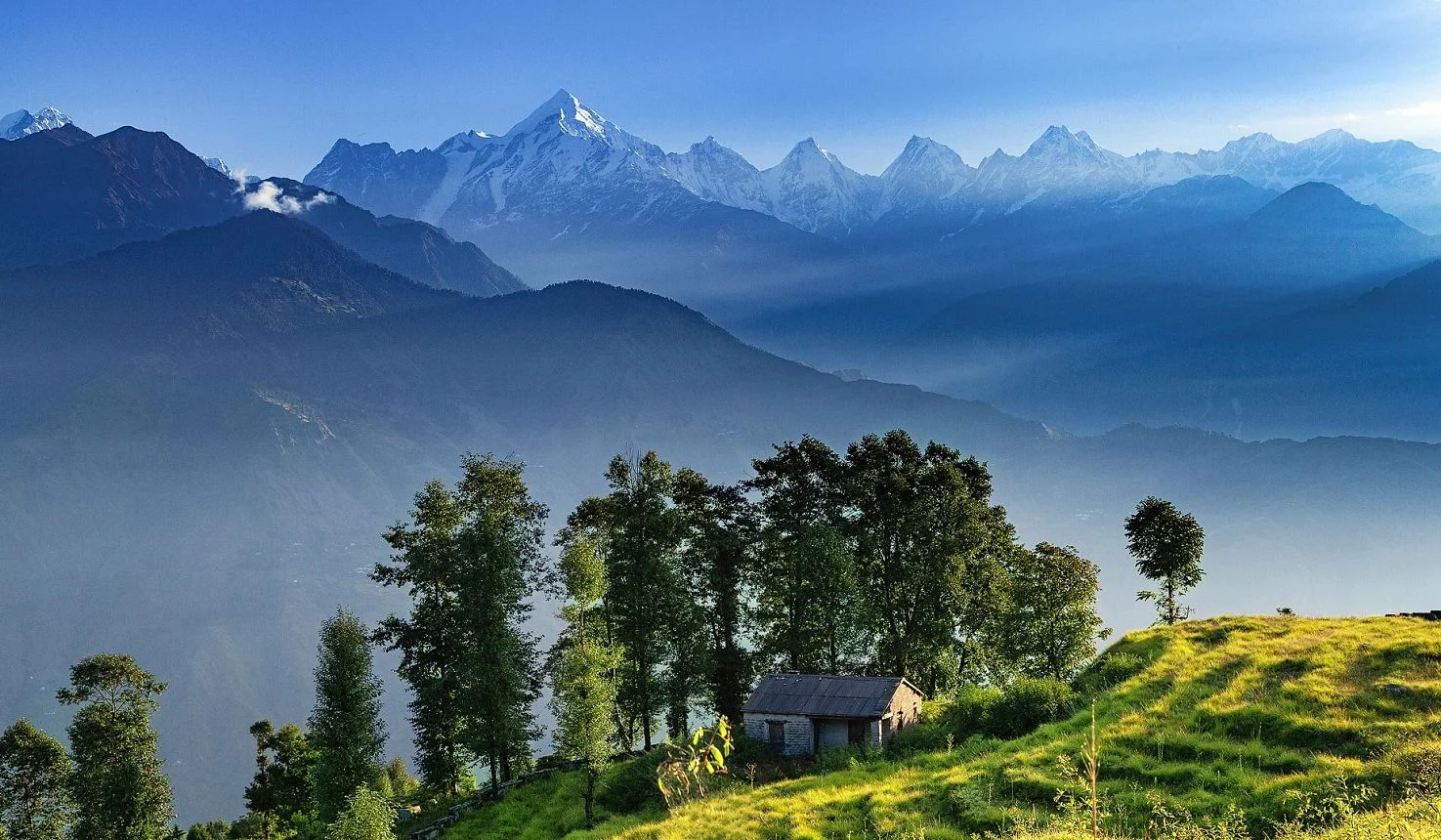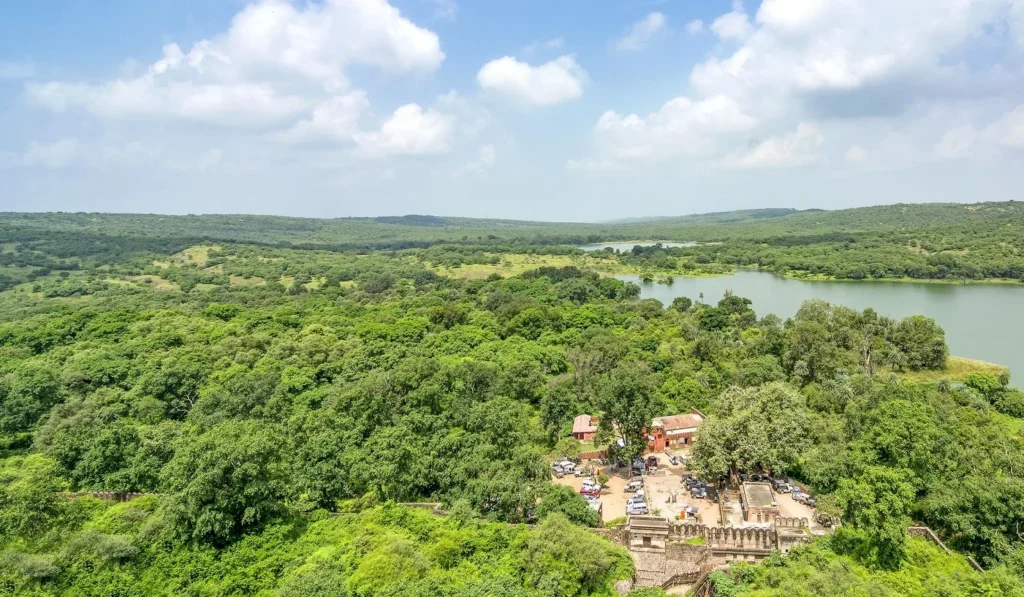
Safari to Sariska
Sariska
is a lesser-known tiger reserve
in Rajasthan
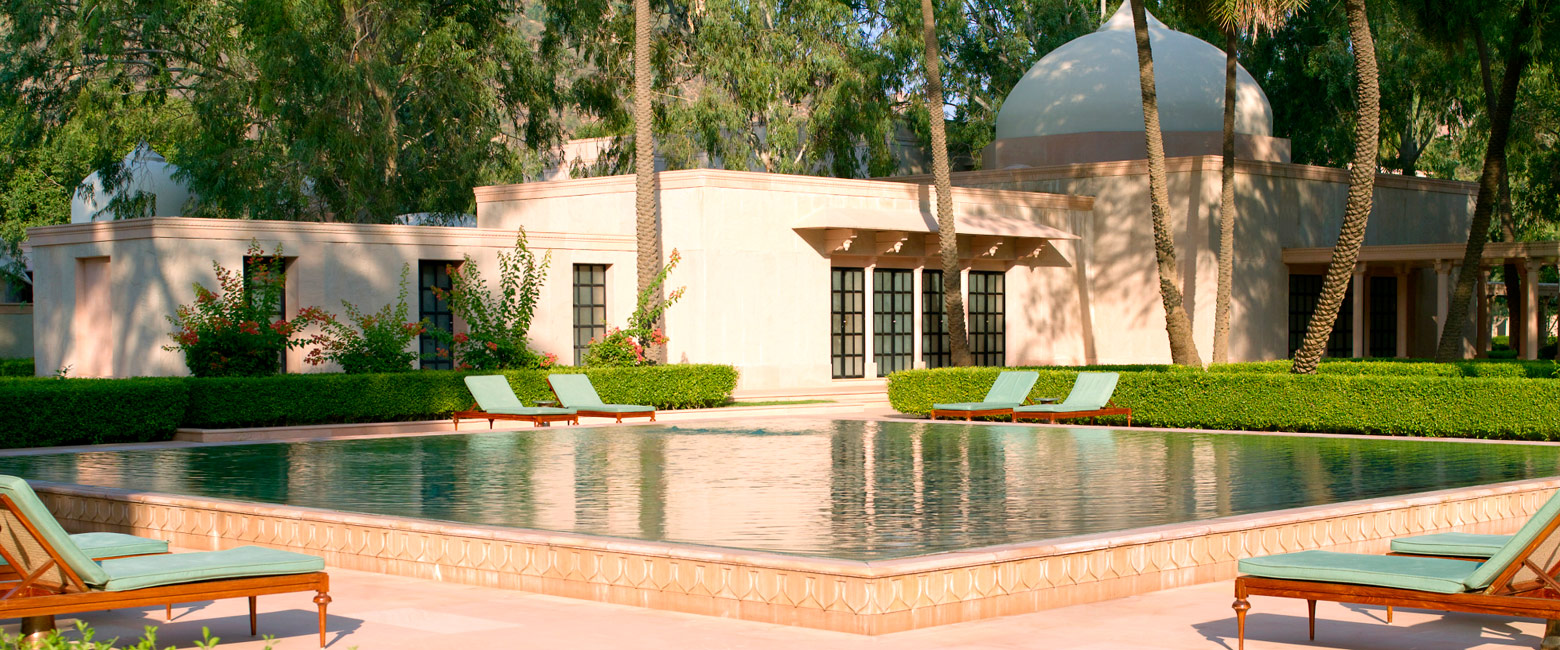
often unreliable for tiger sightings
Sariska Tiger Reserve is located in the Rajasthan province in northwest India, roughly 175 km (110 miles) southwest of New Delhi and 75 km (50 miles) northeast of Jaipur.
Although this is one of the oldest national parks in India (having been founded in 1955 and upgraded to a tiger reserve as early as 1978) and although it lies very conveniently on the Golden Triangle route, Sariska remains a relatively little-visited location.
One of the main reasons for this lack of visitors is that the reserve is not quite as pristine as others, like the nearby Ranthambore. Although it covers a reasonable 866 sq km (334 sq miles), the lie of the land is such that one never really gets properly away from the surrounding farmlands. Furthermore, those few inner valleys which do feel a little more remote are filled with ruined villages and other signs of previous habitation.
The other downside is the relatively weak wildlife.
With tigers being the headline species here, one can’t help being disappointed to hear that there’s only around twenty of these big cats resident in the reserve, almost all of which have been relocated here from Ranthambore. Sariska struggles to maintain a healthy breeding population, largely due to poaching and poisoning.
The reserve also contains modest populations of Asiatic leopards, jungle cats, caracals, hyenas, jackals, wild boars, chitals, sambars, langurs, nilgays, four-horned deers (chowsinghas) and monkeys.
However the reserve does have two major plus points…
Firstly, the various ruins inside the reserve are really quite picturesque, including the impressive Fort Kankarwari and (slightly off to the southwest) the gorgeous and romantic Fort Bhangarh.
Secondly, the visitor numbers into Sariska are relatively low, you should not encounter anywhere near the level of traffic that is prevalent in more popular tiger reserves like Ranthambore and Kanha.
Additionally some of the villages around the periphery are also really pleasant and interesting to explore.
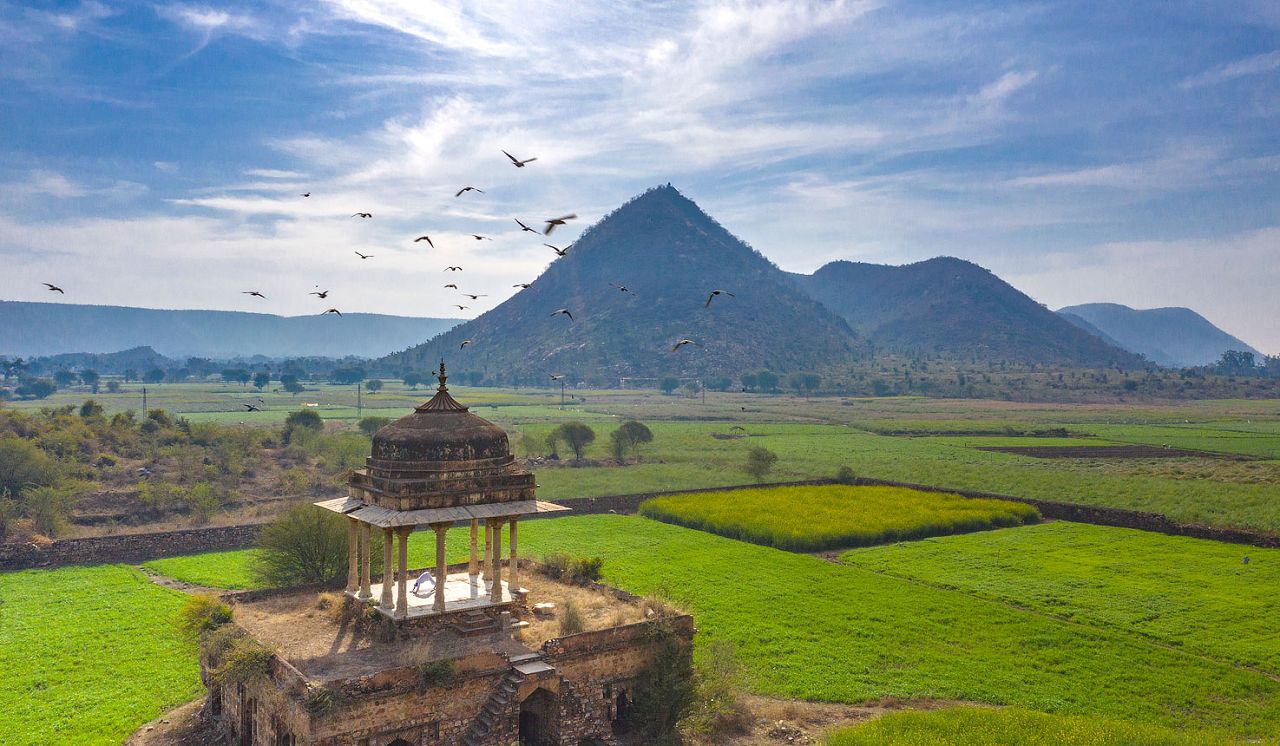
Gallery
Map
The best time of year to visit the Sariska area is generally considered to be during Oct-May, although there are considerable climatic variations over that period.
October is the transition period between the end of the monsoon rains and the start of the cool dry season. During October the daytime temperatures usually rise to around 34C/93F, whilst the nighttime low temperatures hold up around 20C/68F. However the rainfall is much lower, dropping to around 25mm (1”) per month. Sunshine is around 8 hours per day (around 75% of daylight hours), meaning that skies are usually clear.
Nov-Feb is the main cool dry season. During Nov-Feb the daytime temperatures usually rise to around 25C/77F, whilst the nighttime low temperatures plunge to around 9C/48F. There should be very little rainfall. Sunshine is around 8 hours per day (around 80% of daylight hours), meaning that skies are usually clear.
Mar-May is the hot season, the often uncomfortable build-up to the main monsoon. During Mar-May the daytime temperatures can climb steeply to around 37C/99F, whilst the nighttime low temperatures are up around 23C/73F. Rainfall usually increases slightly, from almost nothing in March to around 25mm (1”) in May. Sunshine is around 8 hours per day (around 75% of daylight hours), indicating that showers tend to be occasional, set against a usually clear sky.
June is the transition month ahead of the main monsoon rains, often with rather uncomfortable conditions. During June the daytime temperatures can climb very steeply to around 40C/104F, whilst the nighttime low temperatures remain up at a stifling 28C/82F. Rainfall climbs to around 50mm (2”) over the course of the month. Sunshine is around 7 hours per day (around 45% of daylight hours), meaning that skies are often overcast as the monsoon clouds gather.
Jul-Sep is the main monsoon season and is generally considered to be the least favourable time to visit. During Jul-Sep the daytime temperatures drop off slightly to around 34C/93F, whilst the nighttime low temperatures remain up at a stifling 24C/75F. Rainfall climbs to around 175mm (7”) per month. Sunshine drops to around 5 hours per day (around 35% of daylight hours), meaning that skies are very often heavily overcast.
Getting there
The Sariska area is usually accessed by vehicle, as part of a private guided overland safari…
- Delhi : 175 km to the northeast
- Agra : 125 km to the east
- Ranthambore : 125km to the south
- Jaipur : 75 km to the southwest
Where to stay
The Sariska area is a little short on high quality accommodation options, with the notable exception of the lavish Amanbagh.
visited by road, between Delhi and Jaipur
let us know your thoughts about India
and we will help you create the perfect trip
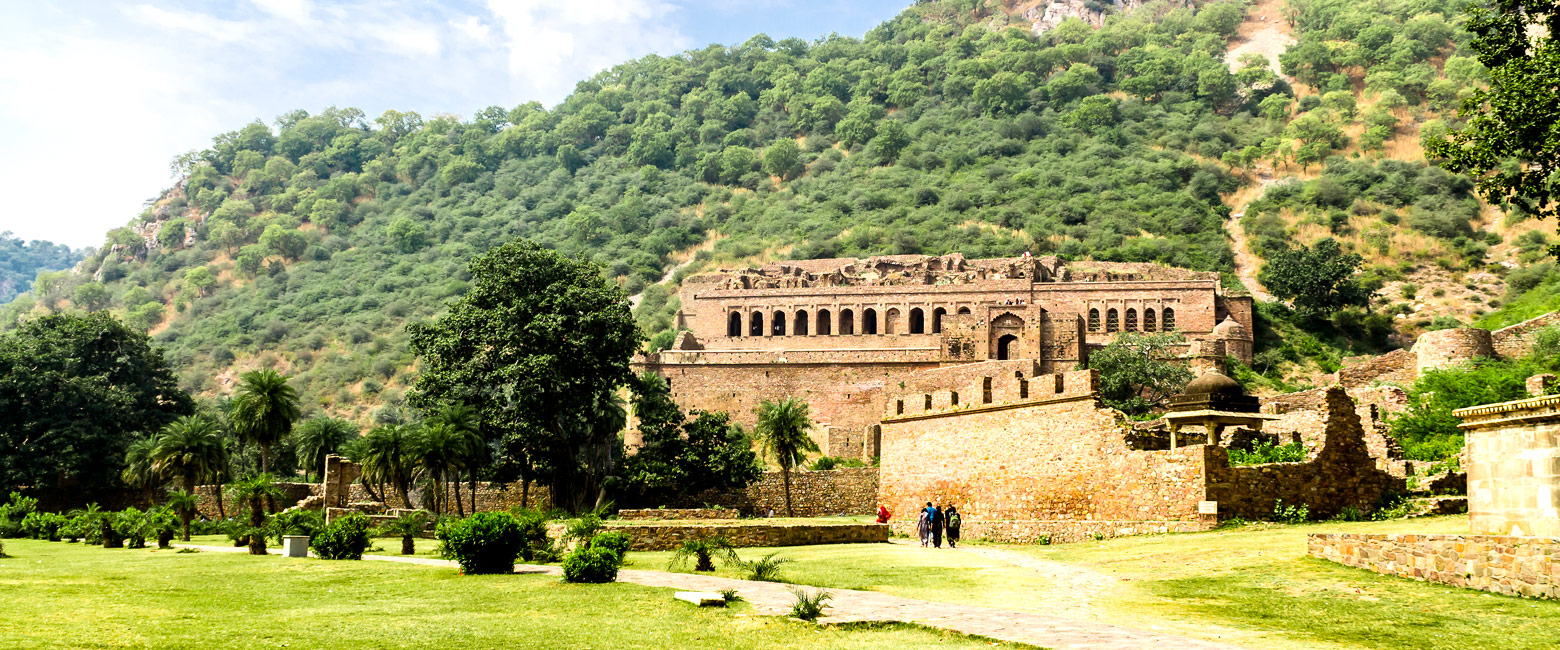
Extraordinary tailor-made adventures,
from earthy and edgy to easy and extravagant
From around USD 2500 per person, you set the ceiling
Sample Trips
Here are some of our popular trip shapes
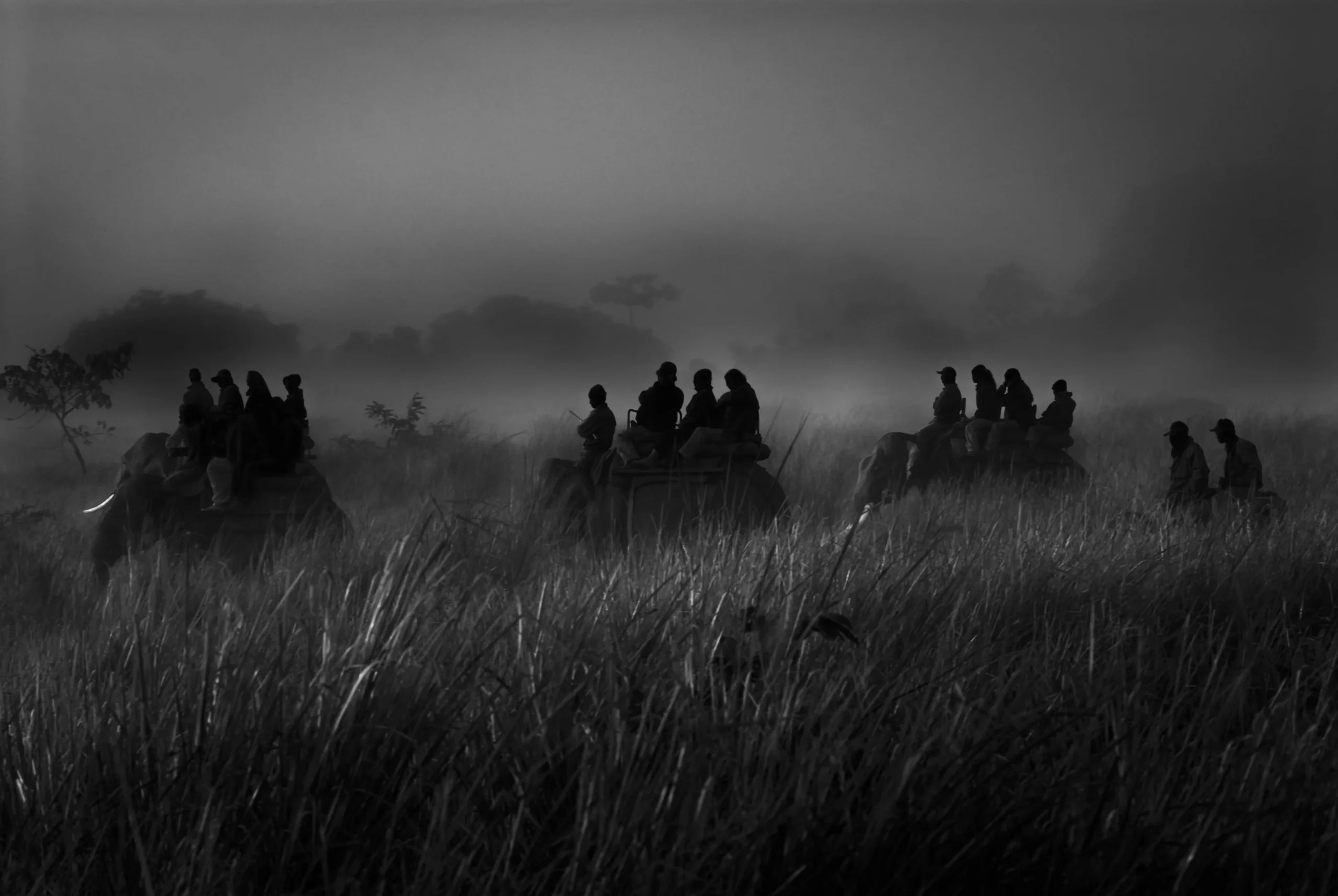
Get started on your trip
It’s never too soon to get in touch, we are here to help with every stage of your planning.
Best Lodges
We regularly inspect and photograph all of the the best lodges, to ensure that we always recommend the most suitable options
Key Locations
Take a look around related locations. Click ‘View more’ to explore locations further afield.








